Slow travel is an approach that emphasizes connection to local people, cultures, food, and music. It’s about taking the time to immerse oneself in the environment and experience a destination more authentically. This guide introduces the concept of slow travel through 15 different aspects and destinations, encouraging travelers to embrace a more relaxed and meaningful way of exploring the world.
1. Cultural Immersion

Image Credit: Shutterstock / ChameleonsEye
Cultural immersion is a cornerstone of slow travel, allowing you to deeply connect with the local way of life. This immersive experience goes beyond typical tourist activities, inviting you to participate in local customs, from traditional cooking classes to local craft workshops. Engaging in community events, such as festivals or local markets, provides a genuine insight into the residents’ daily lives. You might find yourself learning a traditional dance, helping to prepare a communal meal, or even participating in local agricultural practices. This approach to travel fosters a deeper understanding and appreciation of diverse cultures, breaking down barriers and creating meaningful connections.
Insider’s Tip
Try learning a few phrases in the local language; it can be a great icebreaker and show respect for the local culture.
2. Sustainable Practices

Image Credit: Shutterstock / PeopleImages.com – Yuri A
Sustainable practices in travel are crucial for preserving the destinations we love. Slow travel emphasizes the importance of making environmentally conscious decisions, such as choosing accommodations that prioritize sustainability, engaging in eco-friendly activities, and minimizing your carbon footprint by using public transportation or cycling. It’s about leaving a place better than you found it, whether by participating in beach clean-ups or supporting conservation efforts. Sustainable travel also involves respecting local cultures, investing in the local economy by purchasing from local artisans, and eating at restaurants that source ingredients locally.
Insider’s Tip
Research and choose accommodations with sustainable practices, such as water conservation, recycling, and use of renewable energy.
3. Long-Term Stays

Image Credit: Shutterstock / JBFX
Long-term stays offer a unique opportunity to truly immerse yourself in a destination. By spending more time in one place, you can explore beyond the surface level, discovering hidden gems and forming deeper connections with locals. This approach allows you to understand the nuances of local life, from the rhythm of daily routines to the subtleties of regional dialects. Long-term stays also often lead to more spontaneous and authentic experiences, as you find yourself invited to local gatherings or discovering off-the-beaten-path spots that aren’t in the guidebooks.
Insider’s Tip
Look into local laws and regulations regarding long-term stays, including visa requirements and housing laws.
4. Mindful Exploration

Image Credit: Shutterstock / RossHelen
Mindful exploration is about being fully present and engaged in your travel experiences. It involves slowing down and taking the time to truly observe and appreciate your surroundings. This could mean sitting quietly in a local café and watching daily life unfold, taking a leisurely walk through a neighborhood to notice architectural details, or spending an afternoon in a park simply enjoying the natural setting. Mindful travel encourages you to savor each moment, leading to a more fulfilling and memorable experience.
Insider’s Tip
Keep a travel journal to reflect on your experiences and thoughts during your journey.
5. Slow Food Movement

Image Credit: Shutterstock / Aleksandra Suzi
The slow food movement is integral to slow travel, celebrating local cuisine and traditional cooking methods. It’s about taking the time to enjoy meals, understanding the source of your food, and appreciating the effort that goes into its preparation. Participating in the slow food movement might involve dining at farm-to-table restaurants, visiting local farms, or attending food festivals. This approach enhances your culinary experience and supports sustainable agriculture and local communities.
Insider’s Tip
Visit local markets and try cooking with regional ingredients, or take a cooking class to learn traditional recipes.
6. Walking Tours

Image Credit: Shutterstock / Maridav
Walking tours are a quintessential slow travel activity, allowing you to explore at a pace that lets you truly absorb your surroundings. These tours can range from guided historical walks through city centers to self-guided hikes in nature. Walking provides a more intimate perspective of a place, whether you’re meandering through ancient streets, exploring rural pathways, or discovering hidden urban gardens. It’s an opportunity to connect with the environment, observe local life, and uncover the stories and history that shape a destination.
Insider’s Tip
Wear comfortable shoes and be prepared for the weather. Don’t hesitate to stray off the beaten path.
7. Train Journeys

Image Credit: Shutterstock / RossHelen
Train journeys embody the essence of slow travel, offering a relaxed and scenic way to explore new landscapes. Traveling by train allows you to unwind and enjoy the journey, watching as cities give way to countryside and mountains. It’s a chance to mingle with locals and fellow travelers, sharing stories and experiences. Train travel also often provides a historical perspective, as many railways have been in operation for decades, if not centuries, and pass through areas of cultural and historical significance.
Insider’s Tip
Consider investing in a rail pass if you plan to travel extensively by train.
8. Rural Retreats

Image Credit: Shutterstock / AbElena
Rural retreats offer an escape to simplicity and tranquility, away from the hustle and bustle of urban life. These retreats can be found in various forms, from rustic cabins in the woods to countryside bed and breakfasts. Staying in a rural setting allows you to connect with nature through hiking, birdwatching, or simply enjoying the stillness. It’s an opportunity to slow down, breathe fresh air, and experience a different, more grounded way of life.
Insider’s Tip
Choose a location where you can participate in local activities, such as farming, hiking, or wildlife watching.
9. Homestays

Image Credit: Shutterstock / Mix Tape
Homestays provide a unique window into local life, offering an authentic and personal travel experience. Staying with a local family allows you to see a destination through the eyes of its residents. You might share meals, participate in family traditions, or join in everyday activities. Homestays can also be a more sustainable accommodation option, as they often involve fewer resources than traditional hotels and directly benefit local households.
Insider’s Tip
Be open and respectful of your host’s customs
and privacy. Engage in conversations and participate in family activities if invited.
10. Off-Season Travel
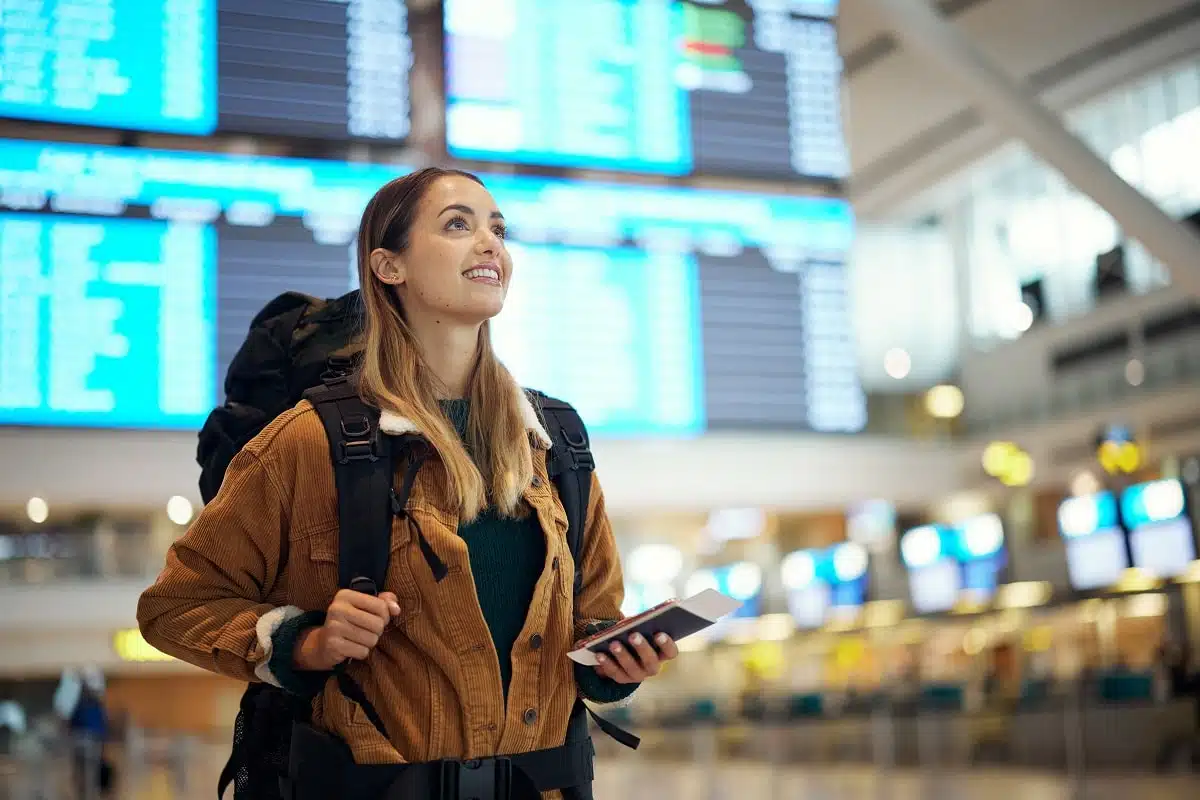
Image Credit: Shutterstock / PeopleImages.com – Yuri A
Traveling off-season allows you to experience destinations without the crowds and commercialization that often accompany peak tourist seasons. This approach often reveals a more authentic side of a place, as locals are typically more relaxed and open when not overwhelmed by tourists. Off-season travel can also lead to unexpected discoveries and experiences that aren’t available during busier times, such as seasonal festivals or unique cultural events.
Insider’s Tip
Research the off-season months for your destination and be prepared for the weather and any potential closures of attractions.
11. Digital Detox
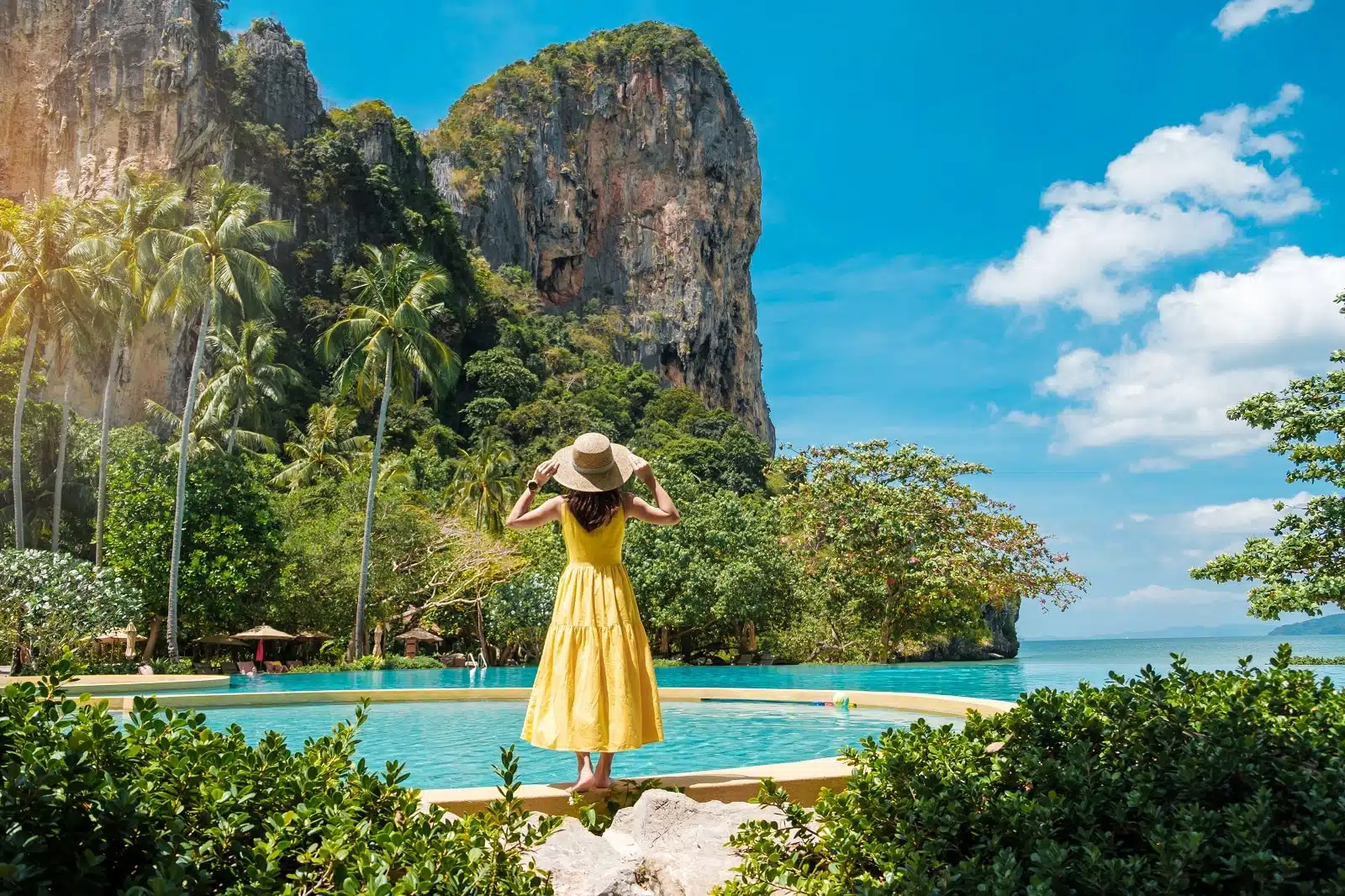
Image Credit: Shutterstock / Jo Panuwat D
A digital detox involves consciously disconnecting from electronic devices to fully engage with your surroundings. This break from constant connectivity allows you to be more present and open to new experiences. It can lead to deeper interactions with locals, a greater appreciation for the environment, and a more reflective and mindful travel experience.
Insider’s Tip
Set specific times to check your devices, or consider leaving them behind during certain activities or days.
12. Local Experiences
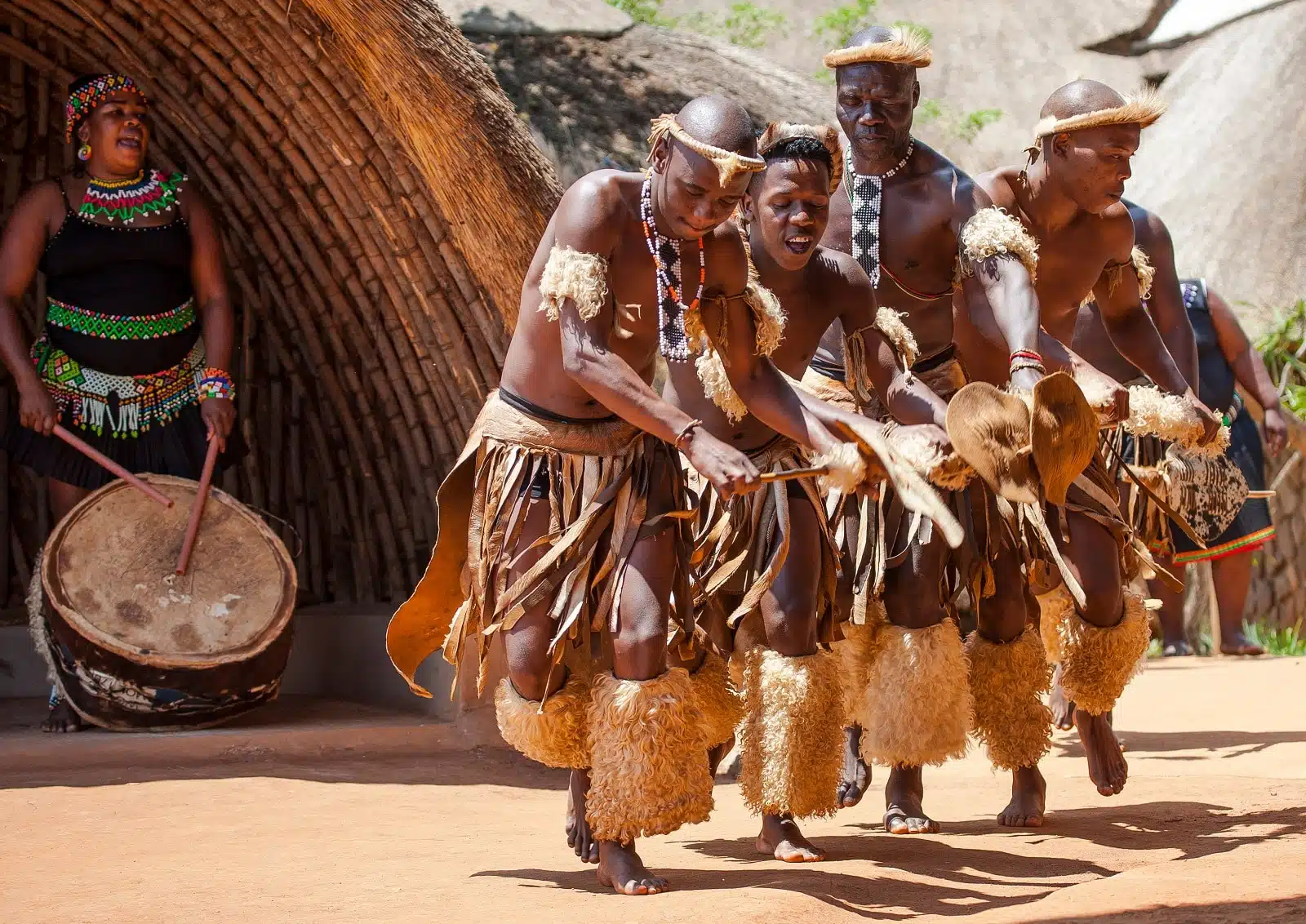
Image Credit: Shutterstock / selim kaya photography
Engaging in local experiences allows you to delve deeper into the culture and lifestyle of a destination. This might involve activities like attending a local music performance, participating in a community project, or taking a traditional craft workshop. These experiences provide a richer understanding of the place you’re visiting and often lead to meaningful interactions and memories.
Insider’s Tip
Look for experiences that are not typically targeted at tourists. Local community centers or cafes can be good places to find information.
13. Nature-Based Activities
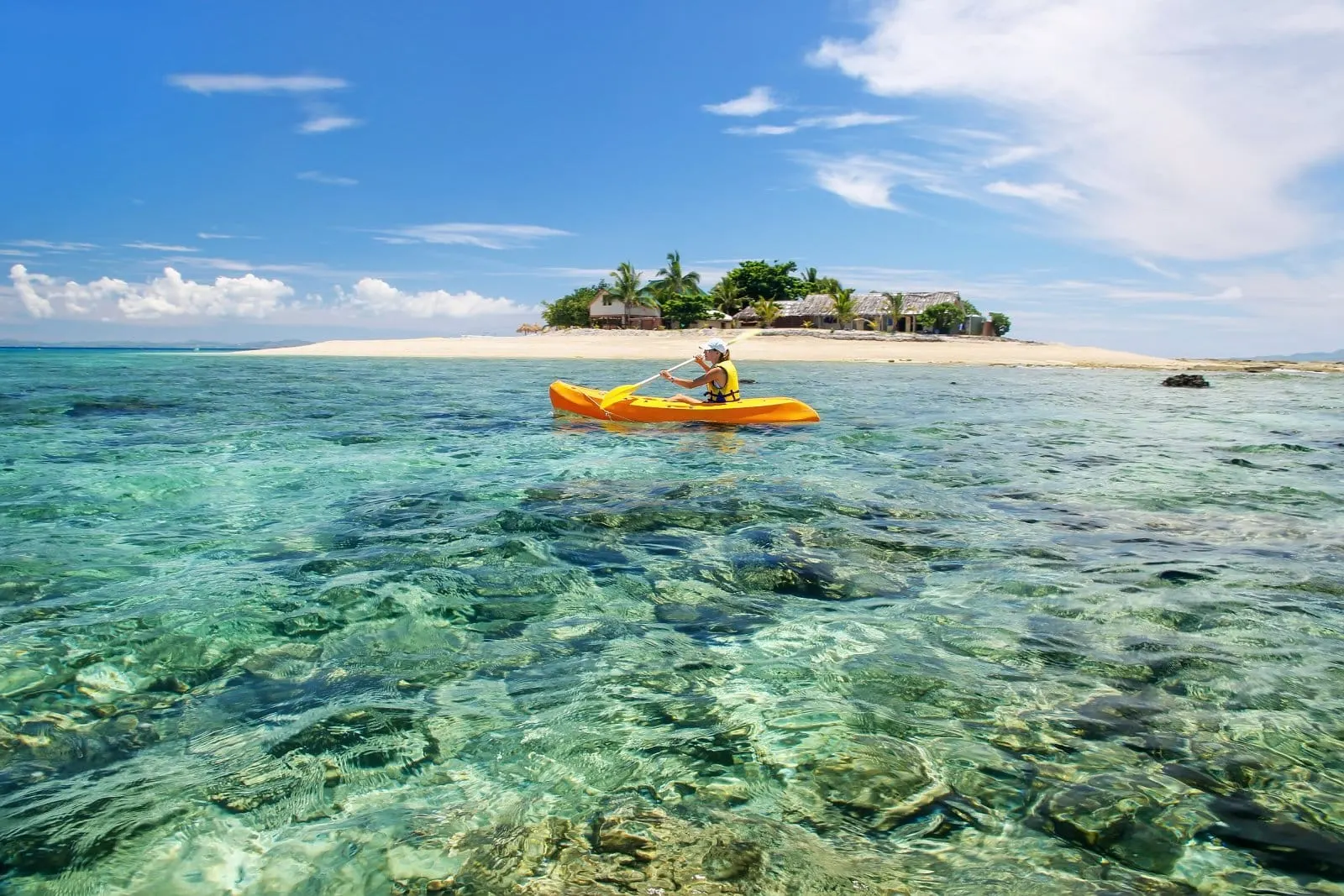
Image Credit: Shutterstock / Don Mammoser
Participating in nature-based activities is a way to connect with the natural world and appreciate the beauty and diversity of our planet. Whether it’s hiking in the mountains, kayaking along a river, or simply spending time in a local park, these activities encourage a slower pace and a deeper appreciation for the environment.
Insider’s Tip
Always follow environmental guidelines and practices to minimize your impact on the natural areas you visit.
14. Volunteer Travel
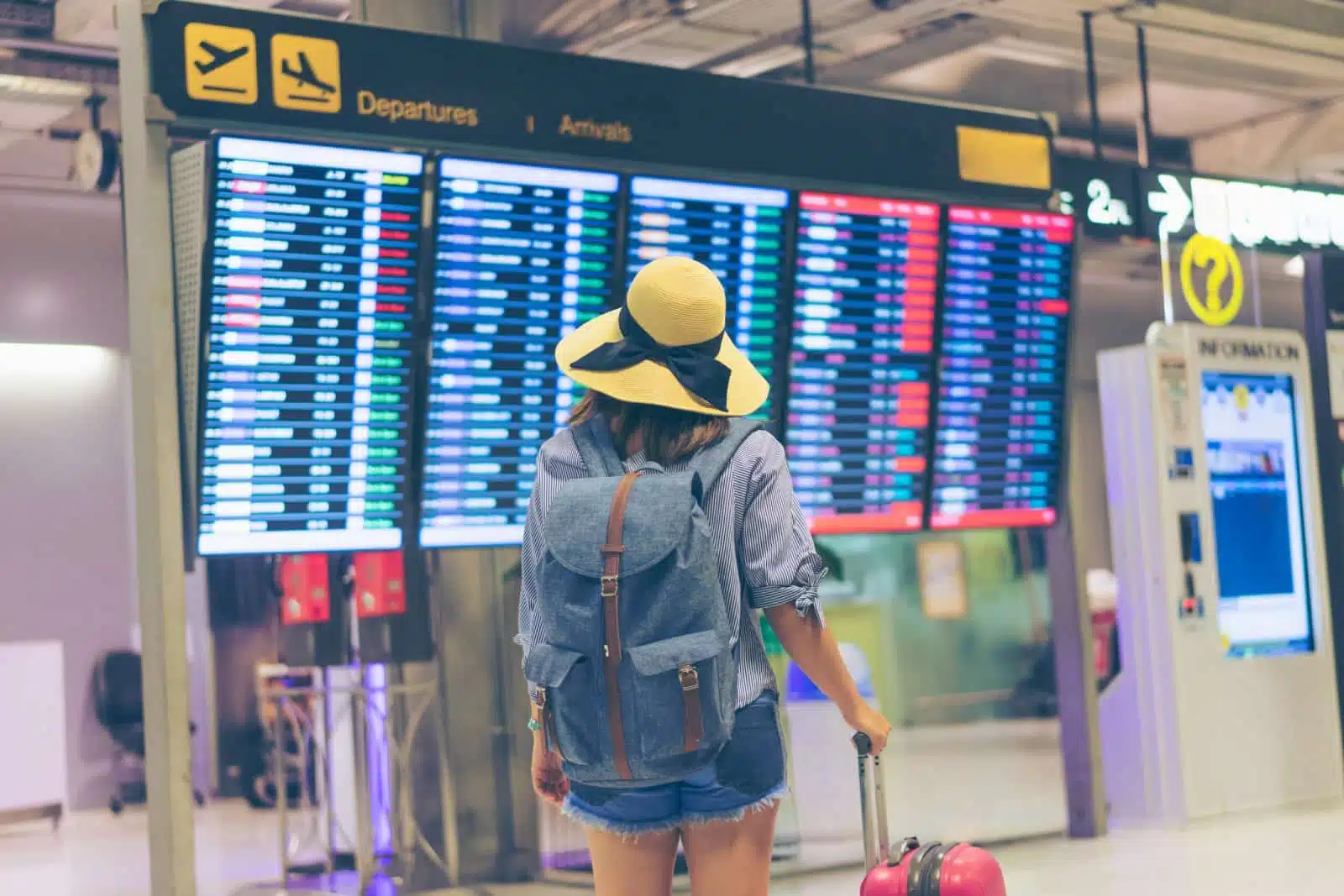
Image Credit: Shutterstock / Travel man
Volunteer travel, or voluntourism, combines exploring new places with giving back to the communities you visit. This can range from environmental conservation projects to educational initiatives. It’s a way to make a positive impact while gaining a deeper understanding of local issues and cultures.
Insider’s Tip
Research and choose volunteer opportunities that are ethical and positively impact the community.
15. Artistic Retreats

Image credit: Shutterstock / travelarium.ph
Artistic retreats offer a space for creativity and inspiration, often set in picturesque and serene environments. These retreats can include workshops in various arts, allowing you to develop your skills, meet like-minded individuals, and explore a destination through a creative lens.
Insider’s Tip
Look for retreats that offer a balance of structured activities and free time to explore the surrounding area.
The Bottom Line
Slow travel is about quality over quantity, experiences over sights, and connections over checklists. It’s a mindful approach to travel that enriches your journey and deepens your understanding of the world. As you embrace the principles of slow travel, you’ll discover that the journey itself is as rewarding as the destination.
More From The Green Voyage
Top 10 Trending Travel Destinations 2024
6 Essential Banking Apps for International Travel – Managing Your Finances on the Go Traveling With Kids – 10
Tips to Create Memorable Family Holidays
The post An Introduction to Slow Travel 2024 – Embracing Your Journey first appeared on The Green Voyage.
Featured Image Credit: Shutterstock / Carles Iturbe.
For transparency, this content was partly developed with AI assistance and carefully curated by an experienced editor to be informative and ensure accuracy.
Tips for Trip Success
Book Your Flight
Find an inexpensive flight by using Kayak, a favorite of ours because it regularly returns less expensive flight options from a variety of airlines.
Book Your Hotel or Special Accommodation
We are big fans of Booking.com. We like their review system and photos. If we want to see more reviews and additional booking options, we go to Expedia.
You Need Travel Insurance!
Good travel insurance means having total peace of mind. Travel insurance protects you when your medical insurance often will not and better than what you get from your credit card. It will provide comprehensive coverage should you need medical treatment or return to the United States, compensation for trip interruption, baggage loss, and other situations.Find the Perfect Insurance Plan for Your Trip
